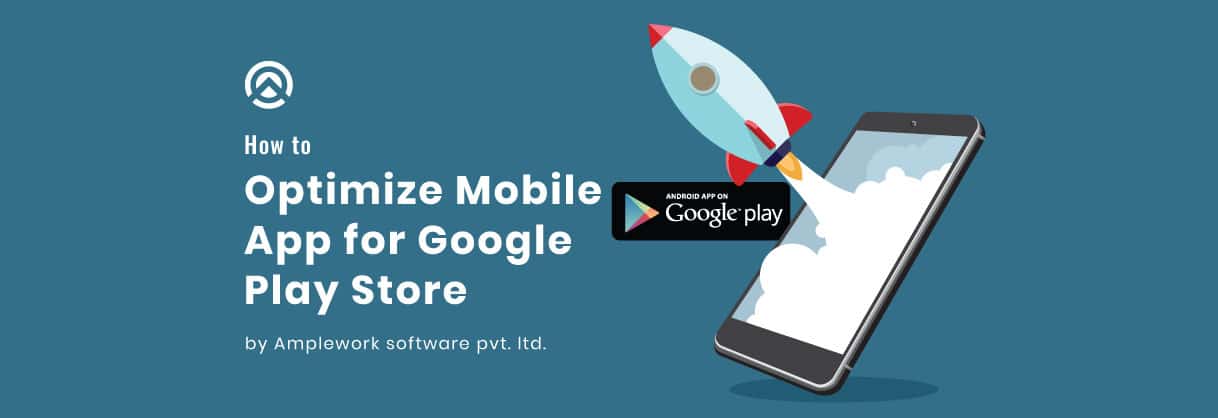In this article, you are going to know about the different ways by which you can optimize your app to make it distinguishable on the Google Play Store and get discoverable by users.
1. Don’t just stuff the keywords
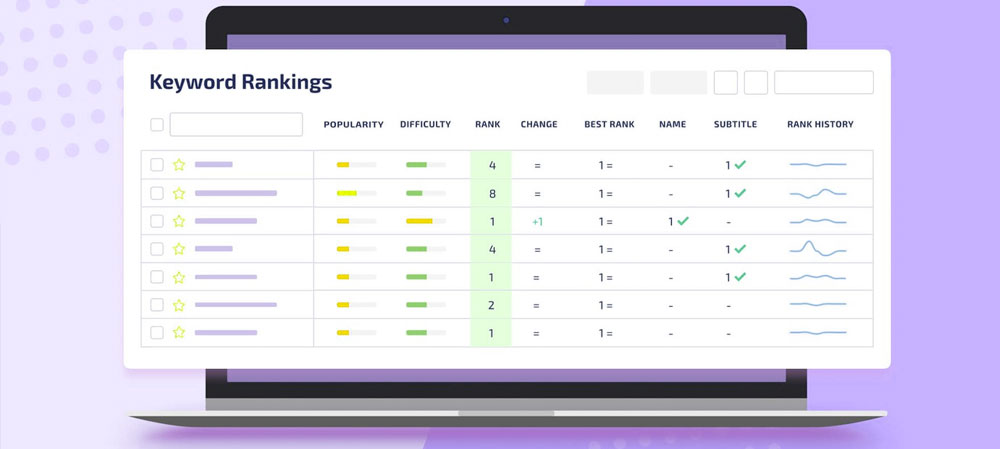
As a novice in ASO (App Store Optimization), you would probably think to include keywords having high search volumes as much as possible in your app description. Yes, it is important, but not all phrases have an adequate number of clicks or CTR, i.e. Click through rate. Henceforth, if you chose a phrase having low CTR which will not get enough clicks, then the Play Store will determine it is irrelevant to users.
Try to make use of a description which can be related to user intent strategy. The best example is Google Maps. Despite being a world-famous app, its name in the Google Play app is descriptive i.e. Maps- Navigate & Explore.
2. Make use of long-tail keywords
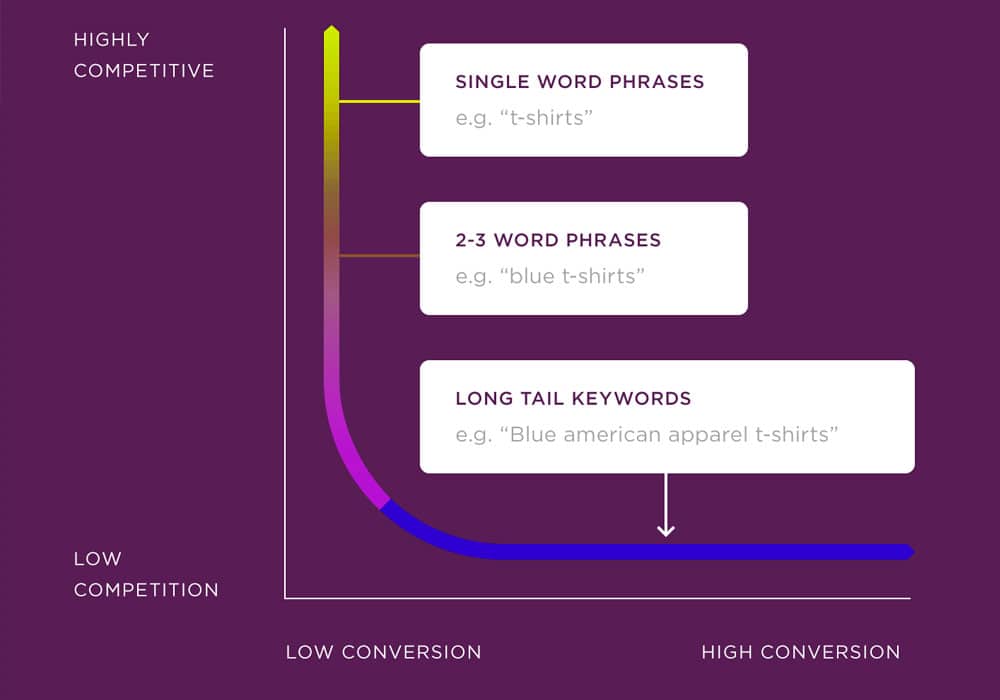
After understanding the user search intent, and CTR for ASO, the other thing you need to focus at, is long-tail keywords. Long-tail keywords are more descriptive and have a high CTR. As per a study of Ahref’s over 1.9 billion keywords, nearly one-third of keywords having more than 10,000 searches are consists of three or more words.
To know the best relevant keywords for your app, you can use keyword planners like Google Keyword Planner, Keyword tool, AppFollow, and Keywordkeg.
3. Use fewer keywords in the short description
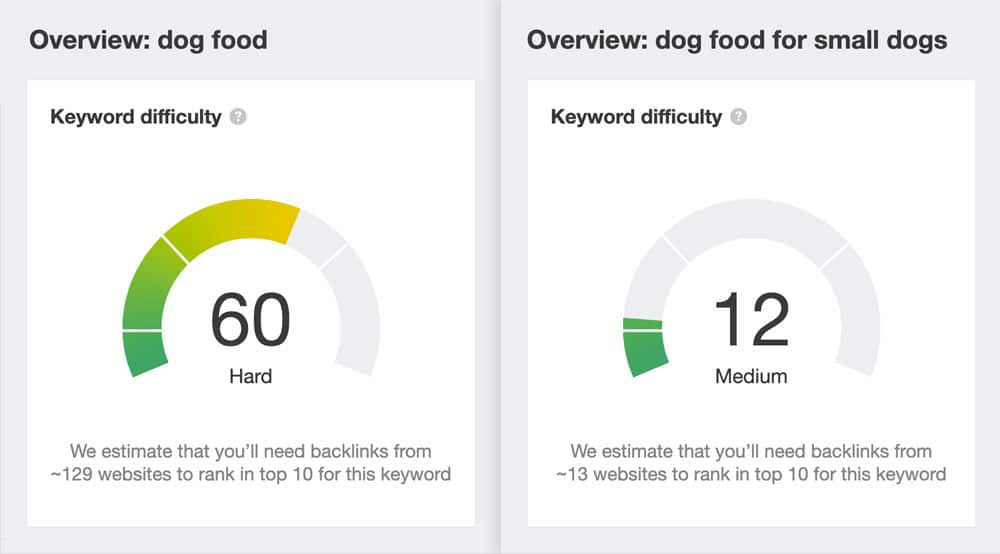
The keywords are helpful in finding your app, they shouldn’t be the first focus in the short description, as your short description can be only of 80 characters, so don’t stuff it with the keywords.
In fact, make a good first impression, and sell your app’s story. If you wish, then you can use one or two keywords which will not affect the pitch.
4. Use keywords in the long description

Unlike the Apple app store, Google Play store will scan the long keywords of your app’s description to find the relevant keywords. You can add the terms by which you want your app to be found.
5. Include impressive stats or social-achievement in your app’s description
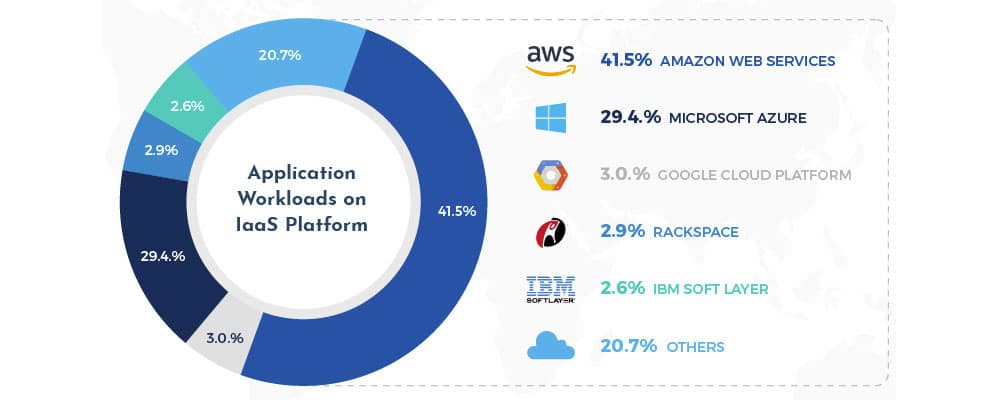
If there is any stats that you are highly proud or if you have gain any endorsements or comment from a prestigious customer or client, then you can definitely feature it in your Google Play listing.
This will enhance your brand reputation, gives you credibility and differentiates you from your competitors.
You can take the example of Expedia:
It has boasted of having more than 500,000 hotels globally. You can experiment with this approach through an A/B testing. It is a method in which one listing will not feature the number of endorsements from customers, and other does.
6. Distinguishable App Icon

If possible then try to develop your app focusing that it should be easily recognizable by your users.
You can use bold statements or contrast colours. A great example is the Snapchat icon, which is of bright yellow colour and has bold black outlines.
7. Get your app featured in Google Search App Packs
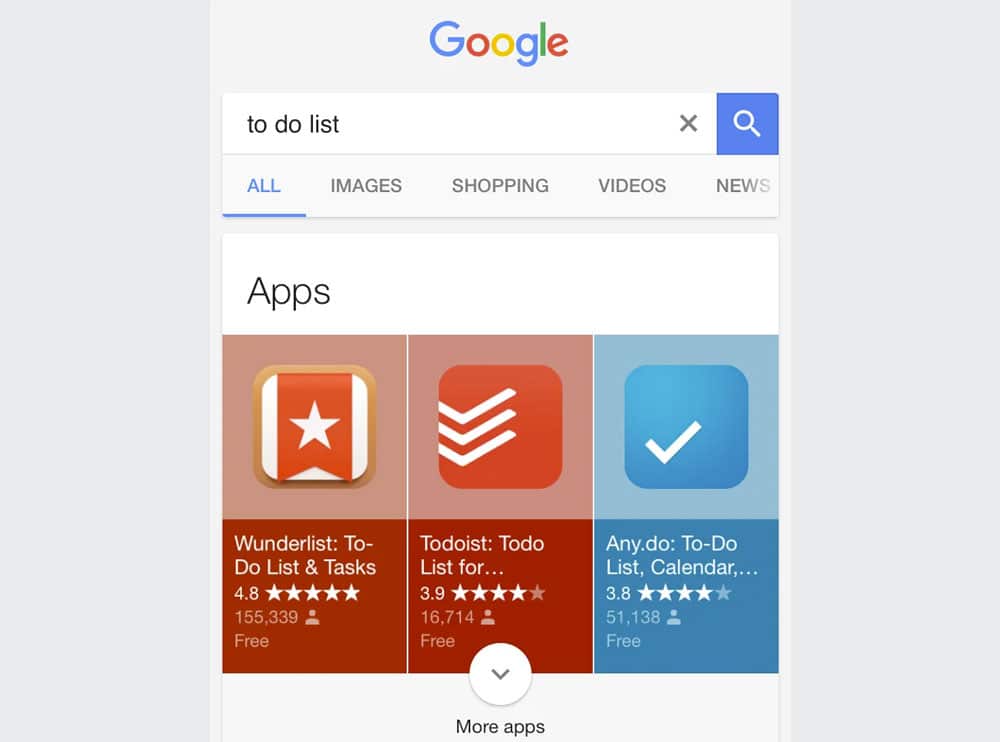
Not every person search an app directly on Google Play store, many others search on Google web search. Because of this Google created App Packs a special snippet featured near the top of search results.
Here is an example of “To-do list app packs” displayed for a search query.
8. Optimize your app as per the cultural differences

You must optimize your app depending upon your industry niche and the localization. You should focus on lifestyle, values, and beliefs significantly. It applies not to just text, but also on the featured images and the video.
For e.g. for a brand like H&M this might mean publishing different swimwear snapshots within listings in Europe and the Middle East.
9. Leverage app retention strategy
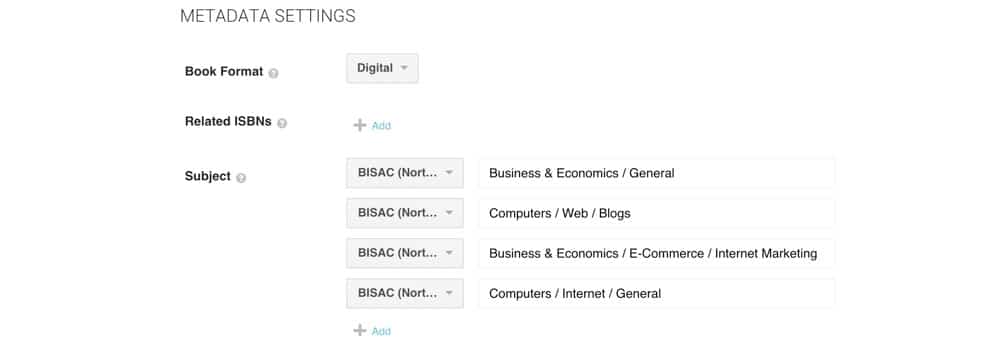
There are two types of metadata in the Google Play Store, on-meta data which consists of the listing content which you can change like images, title or description , and off-metadata which is beyond your control as a number of installs, user reviews, and ratings.
The Google Play Store makes use of both these metadata in ranking your app. Hence, if you have poor reviews, or lower installations, it will negatively impact your app ranking.
There’s only one way to have off-metadata work in your favor – making sure that your app is useful to its users, they leave positive reviews, and that they keep returning to it regularly.
10. Always give attention to the changes in Google Play store algorithm
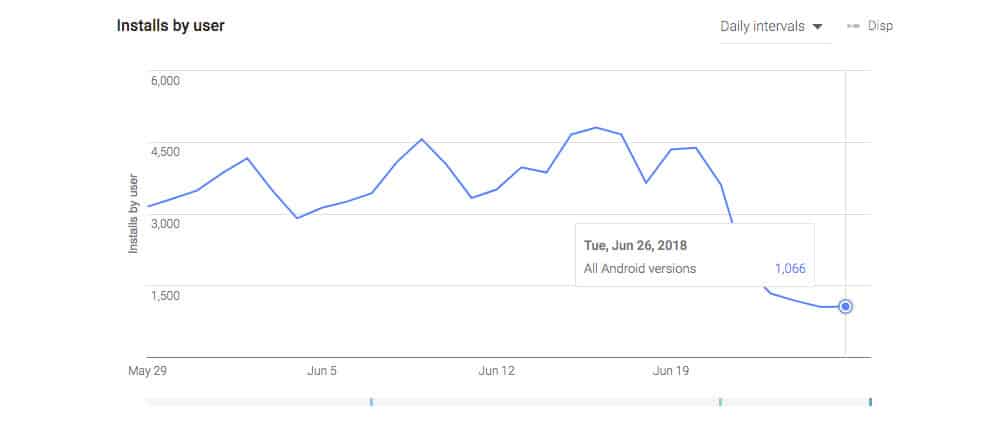
Last but not least, you must pay attention to all the Google Play Store updates. You can also use an App Store Algorithm Tracking tool for this. It will alert you if you notice any keyword changing your rank on the app listing. This way, you would be easily notified if it is due to an algorithm update.
At Amplework, we not only having expertise in developing versatile Android mobile application development but also deliver effective Google Play Store marketing services to make your app in the top search results.
